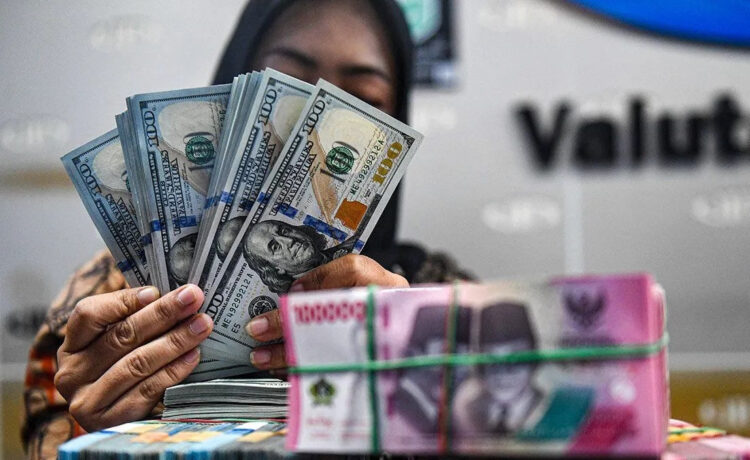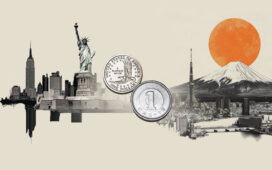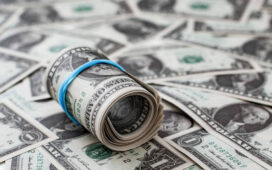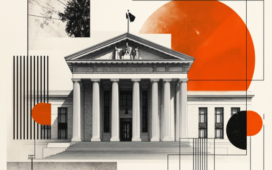he US dollar drifted up from a one-week low versus major peers on Wednesday ahead of a widely expected interest rate cut by the Federal Reserve later in the day.
The Japanese yen was supported after US Treasury Secretary Scott Bessent signaled the new Japanese government is open to the Bank of Japan raising rates, ahead of a policy decision on Thursday, though markets widely expect it will hold off on a hike for another few months.
Currency traders are also keeping a close eye on a meeting between US President Donald Trump and his Chinese counterpart Xi Jinping on Thursday in South Korea to decide on a framework that could pause tougher US tariffs and China’s rare-earth export curbs.
The Aussie dollar reversed an earlier small decline to rise 0.2 percent to $0.6599 after hotter-than-expected quarterly consumer price data threw into doubt a rate reduction from the Reserve Bank of Australia next week, or even at the following meeting in December.
“The earliest the [RBA board] will be in a position to get more comfort on inflation is with the next quarterly print ahead of the February 2026 meeting,” said Luci Ellis, chief economist at Westpac.
“Even a February cut is far from certain now, given the size of the upside surprise [for inflation] this quarter.”
The US dollar index, which measures the currency against six rivals, rose 0.2 percent to 98.82 after two straight days of declines that took it to the lowest since October 21 at 98.562 on Tuesday.
The dollar edged down slightly to 152.05 yen after Bessent posted on X that the Japanese government’s “willingness to allow the Bank of Japan policy space will be key to anchoring inflation expectations and avoiding excess exchange rate volatility.”
Bessent, who was in Japan with Trump for talks with the newly formed government of Prime Minister Sanae Takaichi, has repeatedly criticised the BOJ for its slow pace of rate hikes.
Takaichi, viewed as a fiscal and monetary dove, has asked the BOJ to maintain an easy monetary environment, but has said the conduct of monetary policy is up to the central bank.
With the BOJ expected to hold rates steady when it concludes its two-day meeting on Thursday, the focus will be on any clues on the potential for a hike at its next meeting in December.
Expectations for near-term tightening have risen since the last meeting in September after one additional board member dissented in favour of a hike, taking the total to two. More officials have adopted hawkish stances in recent speeches, suggesting a shift in posture among the overall board.
However, BOJ Governor Kazuo Ueda’s unswervingly cautious tone has led market participants to expect the next rate increase in December or January, rather than this week.
“The possibility of three dissenting votes at the upcoming meeting could prompt markets to price in faster and more sizable rate hikes, […] exerting downward pressure on USD/JPY,” said Shoki Omori, chief desk strategist at Mizuho Securities.
“While the prevailing market consensus points to one or two additional rate increases, a scenario in which the terminal policy rate rises further cannot be discounted.”
The Fed, meanwhile, is widely expected to cut rates by a quarter point later on Wednesday, and traders will be looking for signs that the market’s expectations for a December reduction and several more next year are warranted.
Market pricing indicates rate reductions are expected in October and December, with two more by July of next year.
“The interest is in the guidance provided by Chair Jerome Powell at his press conference,” said Kyle Rodda, an analyst at Capital.com. “A lot of dovishness is baked into the curve,” he said. “Anything that upsets that pricing could lead to volatility.”
The European Central Bank also decides policy on Thursday, and is expected to leave rates unchanged.
The euro eased 0.1 percent to $1.1637. Sterling declined 0.1 percent to $1.3253.





